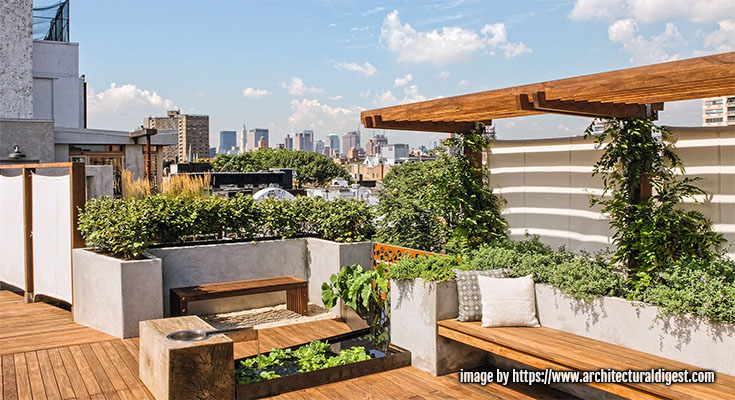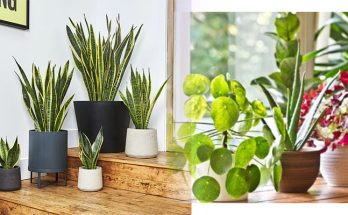More and more people include gardens on rooftops and balconies to use unused space and restore nature to our urban environments.
In places that lack a typical backyard, a rooftop garden can give everything a standard garden does, with the added benefit of a beautiful view.
This article explores the materials you need for a rooftop garden.
The Plants You Want to Grow
The plants you intend to grow in your rooftop garden are a vital component. It would be best if you considered getting plants native to your location. Native plants will draw local birds and butterflies. Additionally, they will integrate into your garden more readily than non-native species. Your plants will be considerably more likely to survive if there are strong winds or high temperatures. Find out what plants are available in your area by asking your neighbourhood nursery or the professionals at Garden Club London.
Depending on the intended aesthetic and purpose, you can choose from an infinite variety of plants for rooftop gardens. Here are a few things to consider:
- Plants that can withstand wind and sunlight tend to have leaf adaptations that minimise surface evaporation. Examples include plants with tiny or needle-like leaves.
- Plants, such as lavenders, with numerous hairs on the leaves, can give the foliage a greyish look.
- Plants with waxy cuticles, such as phormiums and cordylines, have protection against drying out.
- Windbreak plants can withstand wind and sun, e.g., Pinus mugo.
- Hardy, dense evergreens like junipers can serve as a haven.
- Low-sprouting plants that cover the ground can endure or avoid the worst winds.
- Alpines can withstand wind and sunlight but require shelter from winter rain.
Containers
One of a rooftop garden’s most expressive elements is the containers. That is not to suggest that you must blow all your money on them, though you indeed might. In addition to aesthetics, you should consider the size, weight, and material of your rooftop containers.
Whatever plant you choose, you will need containers big enough for the roots. The quantity of soil required may vary, so do your study before planting your selections. Garden Club London can advise you on the best rooftop garden containers.
Soil
The most crucial component of your garden is the soil. Healthy plants grow on good soil, which means less work for you. You can add soil if you grow your plants in raised beds and pots. You can buy a variety of high-quality potting mixes or make your own.
It is necessary to routinely replace the soil in pots, typically every spring. You have two options: top dress the current soil or raise and re-pot.
Fertiliser
Regular fertiliser is necessary for container plants. Potting mix eventually depletes as plants absorb the nutrients and water leaches them away. As a plant grows, it consumes more water, and the soil is used more quickly. The frequency of applying fertiliser will depend on the type of fertiliser you use, but every two to three weeks should work.
Tools
Compared to a conventional ground-level garden, a rooftop garden with container plants requires significantly fewer tools. Since you’ll be filling and scooping a lot, you’ll need a trowel and a dirt scoop as your initial tools. When draining soil, a small tarp will be helpful to prevent a mess.
Another necessary item is a good set of pruners for cleaning and pruning plants. Everything else will depend on what you’re growing and how much upkeep you want to undertake.
In conclusion, make the most of your available area by picking the appropriate materials. Urban residences benefit from the lovely and environmentally friendly addition of rooftop gardens. You can grow flowers, grasses, vegetables, and other plants on your roof.





